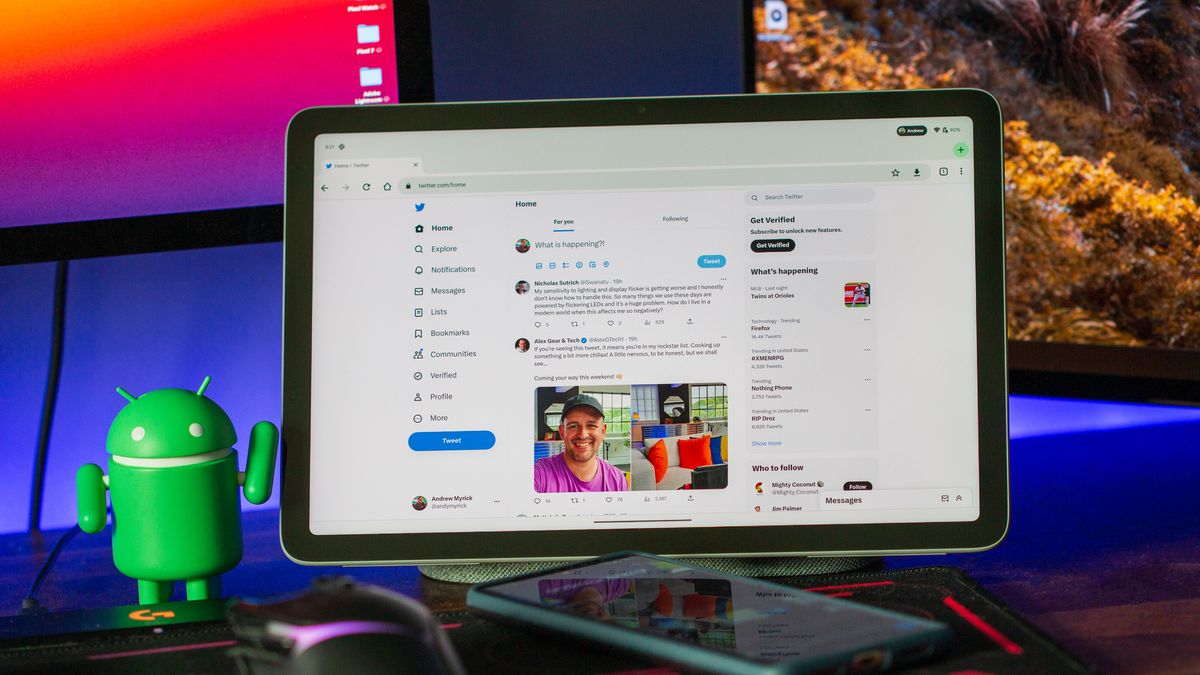Revolutionary Update: Android Tablets to Default to Desktop Mode in Chrome

Google Chrome will now display websites in desktop mode by default on “premium tablets.” These tablets are considered premium if they have at least a 10-inch display and 8GB of RAM. Previously, users had to manually enable desktop mode in Chrome, which resulted in a limited 980px viewport.
The change was announced in a blog post by Google, with the tech giant instructing web developers to ensure their sites work well on tablets. This update resolves some limitations that existed when forcing websites to load in desktop mode on Android tablets.
Some of the tablets that meet the requirements for desktop mode include Google’s Pixel Tablet, the OnePlus Pad, and the Samsung Galaxy Tab S9 series. Even older devices like the Galaxy Tab S8 and an upgraded Galaxy Tab S7 can now utilize desktop mode in Chrome by default.
The big improvement is that Chrome on these tablets will use a desktop User-Agent, allowing for a scaled viewport that matches the width of the Android tablet being used. This is a notable improvement over the previous method of manually requesting desktop sites, which often caused issues for some sites.
The addition of native desktop sites could put Android tablets in a better position to compete with iPads, which have had the ability to load desktop sites by default for years. However, if users don’t like the change, they can revert to a mobile site individually or create site exemptions.
Overall, this update will enhance the browsing experience for users of premium Android tablets, making it easier to access and view websites in desktop mode without having to manually enable it. It’s a significant step forward in optimizing the capabilities of these high-performing devices.
